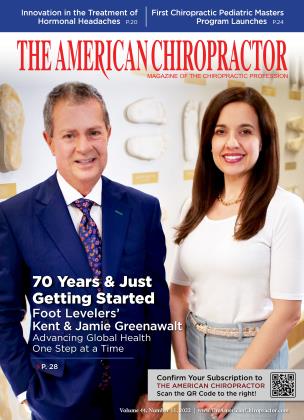Injury Risk Factors for Spinal Instability
November 1 2022 William OwensInjury Risk Factors for Spinal Instability
November 1 2022 William OwensThere is much debate in the current healthcare system regarding the level of injuries in the cervical spine after traffic accidents, falls or other trauma related injuries. A tendency to provide a quick evaluation and a dismissive attitude by doctors can lead to delayed diagnosis and mismanagement of patient injuries. This in turn evolves into the accusation of the patient inflating their symptoms ending in increased financial burden to society, elevated levels of litigation and alienation of the patient from their personal, social, and working activities.
In a recent paper published in World Neurosurgery, by Nishida et al (2022), the authors stated, “Cervical spine injury (CSI) includes injuries to soft tissues, such as the intervertebral disk and ligaments, along with vertebral fractures. Soft tissue CSIs have the possibility of causing cervical segmental instability, which can lead to spinal cord injury. (pg 1} It is the words "soft tissue" that often conjure up self-limiting complaints and frustration with patient presentation. It is suggested that the term "connective tissue" be a more accurate and descriptive term than "soft tissue."
The authors continue by stating, “According to the National Spinal Cord Injury Statistical Center, most of these injuries are caused by car accidents (38%), falls (30%), violent injuries (14%), sports and other recreational activities (9%), medical errors (5%), and various other factors (4%).” (ps 1} Interestingly, although the mechanism of injury may vary, the injuries can be incredibly consistent within a variety of force levels. This is particularly true in those patients with pre-existing spinal arthritis, prior surgeries or other underlying ailments effecting the structural integrity of the spine.
The paper reports, “Early treatment of CSIs is essential, but unfortunately, the occurrence of misdiagnosed cases is high. If there are vertebral fractures associated with the CSIs, the correct diagnosis rate is higher, and the chances of misdiagnosis are low. However, a soft tissue CSI without an associated vertebral fracture can sometimes be difficult to diagnose.” (pg2) This is where a proper and thorough history and examination clinically correlated to the right imaging studies comes in.
The authors discuss the types of imaging by stating, “The use of magnetic resonance imaging has gradually increased the rate of soft tissue CSI diagnosis. In addition, dynamic evaluation with flexion/extension radiographs stresses the ligamentous structures and can be used for soft tissue CSI diagnosis.”(pg 5) It is these dynamic radiographs that often help us to locate more ominous signs of injury than those that require the patient to be still and often, lie on their back.
Reference
1. Nishida, N., Tripathi, S., Mumtaz, M., Kelkar, A., Kumar an, Y., Sakai, I, & Goel, V K. (2022). Soft tissue injury in cervical spine is a risk factor for inter segmental instability: a finite element analysis. World Neurosurgery.
 View Full Issue
View Full Issue









